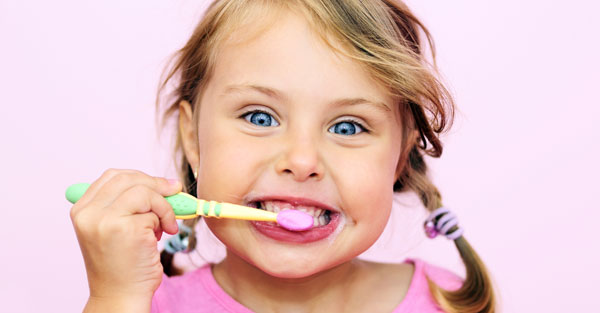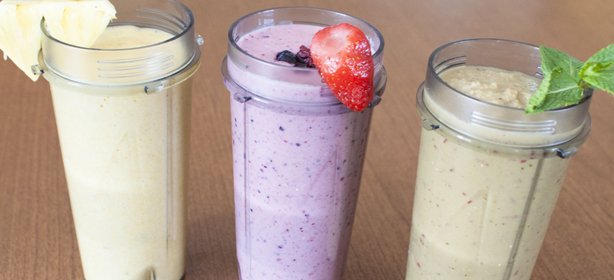
According to the Centers for Disease Control and Prevention, nearly one out of every five children in the US has an untreated cavity. More than 51 million school hours are lost every year because of dental problems. However, nearly 100% of cavities are preventable. Want a cavity free year? Following these four simple steps can keep you and your kids on the right path to a healthy mouth:
1. Set a timer (or play music) for two minutes of brushing, twice every day.
Brushing for two minutes, twice each day is basic to staying cavity free. Brushing at the same time each day, as part of your regular routine can help develop a daily habit of oral care. Consider brushing with your children so they can see an example of good oral hygiene and will be motivated to care for their own teeth. Because brushing for a full two minutes can be a challenge for young children, the ADA has created fun videos that are exactly two minutes long. You can find them on the2Min2X website.
2. Keep regular dental visits.
Start the year off right by setting up an appointment and taking care of issues you may have been avoiding. Time or finances can result in missed checkups, but putting off needed exams or dental work often causes problems to become more costly, more time consuming and more painful. Your family should schedule an appointment once every six months for a regular cleaning and check-up.
3. Take advantage of fluoride.
Fluoride is a natural mineral that has been shown to dramatically reduce cavities. You may not realize it, but most of the water coming from faucets in the U.S. is fluoridated. Unfortunately, bottled water usually doesn’t contain fluoride, so kids and adults that exclusively drink bottled water may be missing valuable anti-cavity benefits. Switch to tap water this year. You could save a plastic bottle from the trash and possibly your teeth from a cavity.
4. Teach your kids to floss.
Surprisingly, a survey from Delta Dental revealed that 43 percent of parents said their children’s teeth are never flossed. Additionally, the ADA reports that one in ten US adults neglect flossing as well. Why not start a new habit this year and begin flossing regularly? If your child can tie his or her own shoes, there’s a good chance they may be ready to learn how to floss. Flossing helps to reach the places that a toothbrush simply cannot go and it’s one of the best ways to prevent gum disease.
Cavities are preventable. This could be a banner year for your teeth simply by following these simple steps. Please leave a comment below if you have any questions or give us a call to set up an appointment today!












